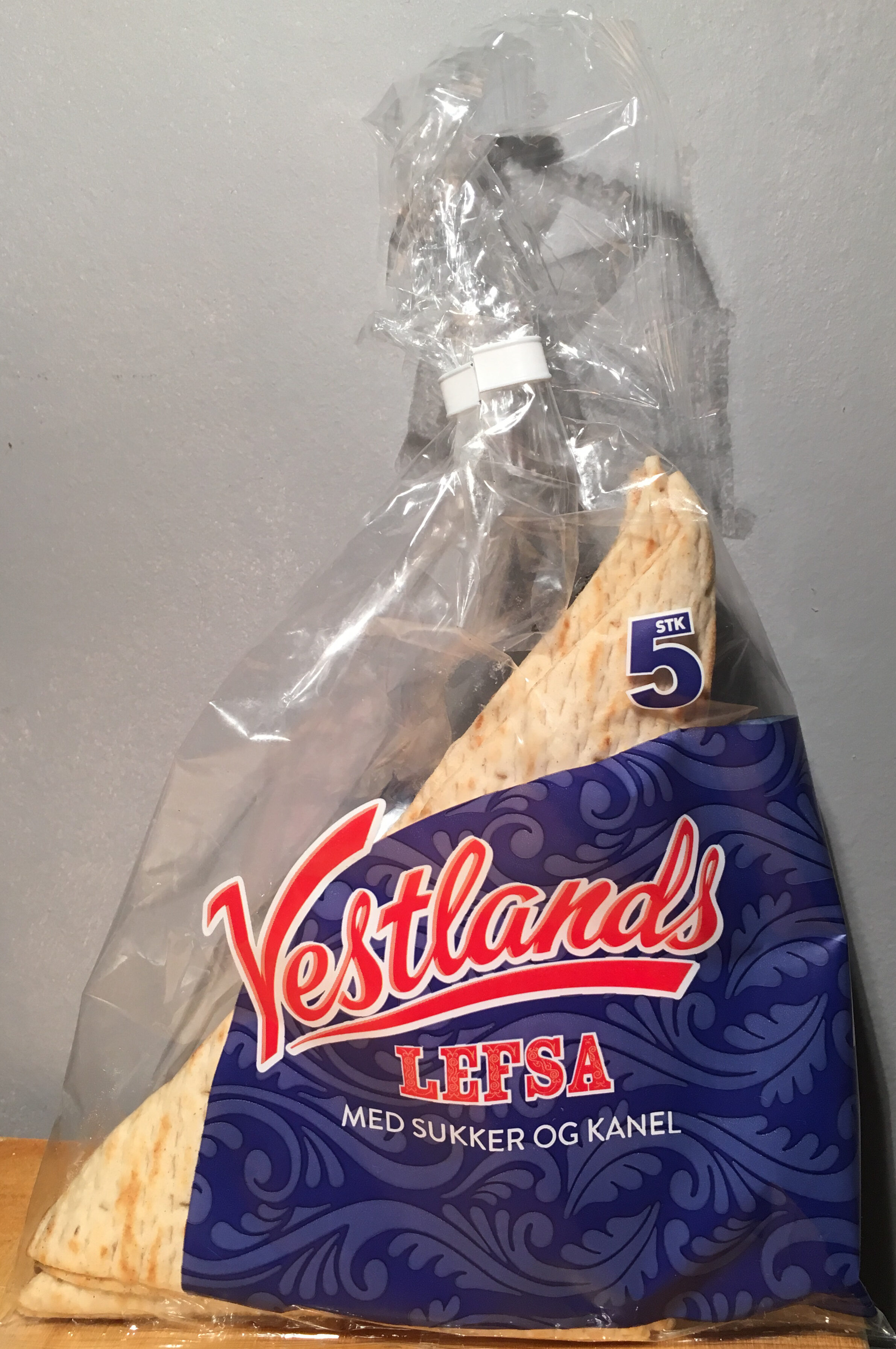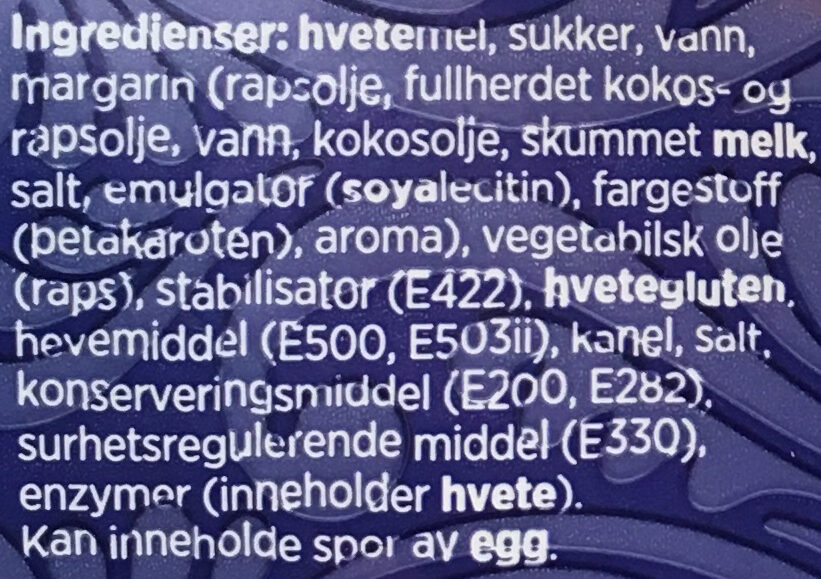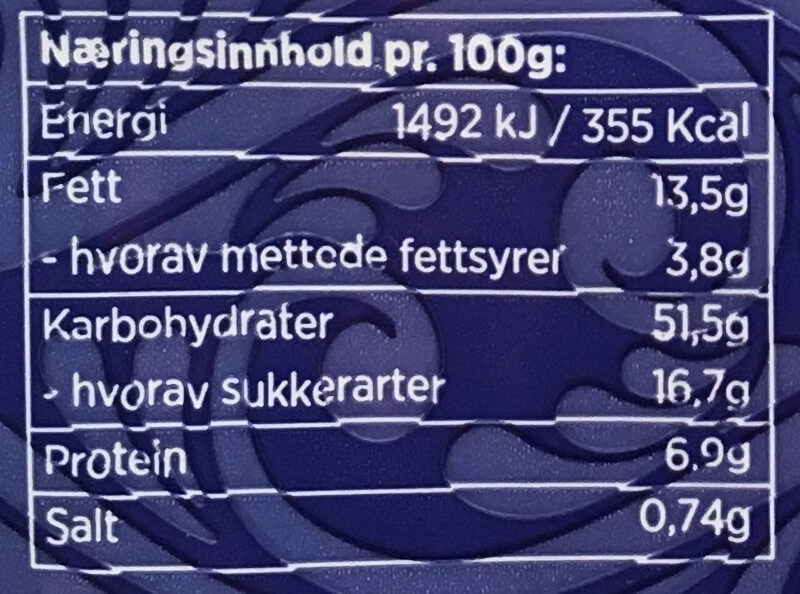Med Sukker Og Kanel - Vestlandslefsa - 230g
This product page is not complete. You can help to complete it by editing it and adding more data from the photos we have, or by taking more photos using the app for Android or iPhone/iPad. Thank you!
×
Barcode: 7037421026534 (EAN / EAN-13)
Quantity: 230g
Packaging: Plastic
Brands: Vestlandslefsa, Baxt
Categories: Plant-based foods and beverages, Plant-based foods, Snacks, Cereals and potatoes, Sweet snacks, Biscuits and cakes, Breads, Cakes
Stores: Rema 1000
Countries where sold: Norway
Matching with your preferences
Report a problem
Data sources
Product added on by odinh
Last edit of product page on by fedegia.
Product page also edited by kiliweb, roboto-app, yuka.sY2b0xO6T85zoF3NwEKvllVnVMLGo2LhFgfixnGO5fe-MpL3fMwrw9HqMqs.
If the data is incomplete or incorrect, you can complete or correct it by editing this page.












